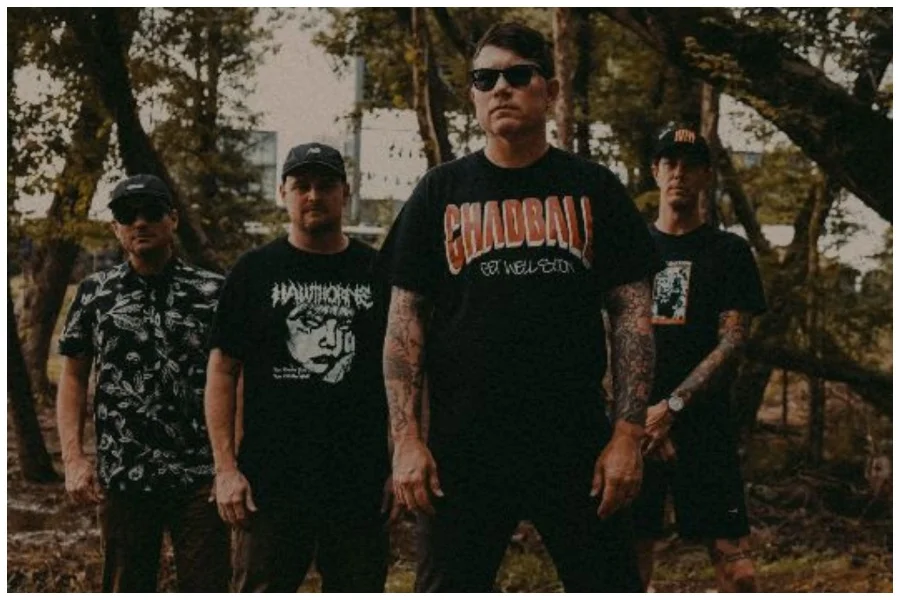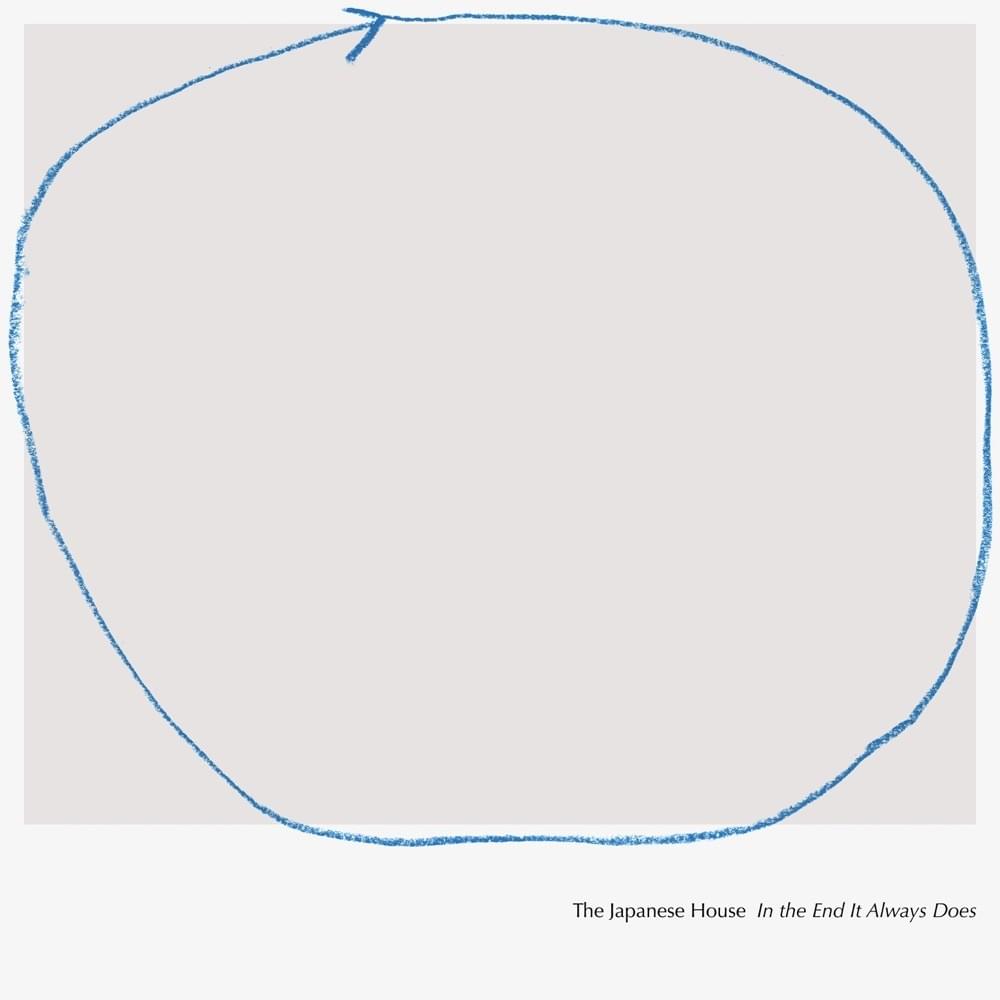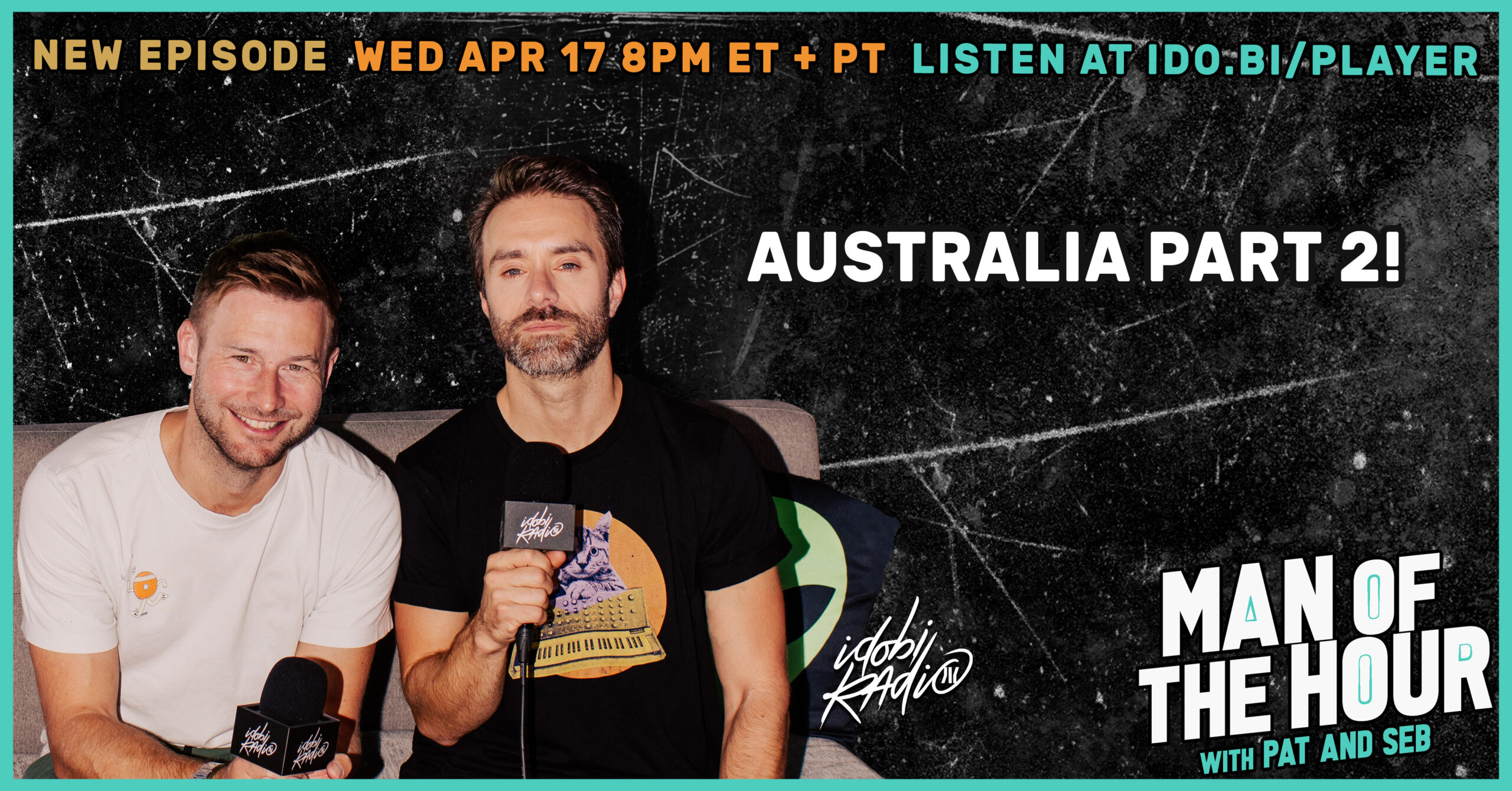The American ear has been both excited and soothed, thanks to the crystal clear sound of CDs and digital music downloaded from the Web.
So that makes the hiss, crackle and static of the AM and FM radio even less appealing, and more frightening for those who make a living in radio.
Facing the reality that consumers are demanding better quality audio, broadcasters gathered here at a convention are looking to retool by moving from analog to digital. The result of this, say industry leaders attending the National Association of Broadcasters meeting, will be FM radio in CD-quality and AM radio that sounds more like FM.
“Nowadays, you find people are more aware of the sound. They are more picky,” said Damian Vazquez, program director for KWRM in Corona, Calif. “That means we all want to be better.”
The move to new radio technology in the United States is happening with a system that enables broadcasters to beam digital and analog signals at the same time. In fact, they can use the existing frequencies and airwaves space that they have been allocated by the government to send out programming in both formats.
Stations don’t have to change their call letters or move to new parts of the radio band. And they don’t even have to shut off their analog service by any particular date – a move that would force millions of Americans to abandon their home and car radios for new receivers.
Instead, consumers can adopt the technology at their own pace. If the demand is there, broadcasters can eventually stop sending out programs in analog. But there is no rush.
“If analog exists 100 years from now, the systems will still work,” said Robert Struble, president and chief executive officer of iBiquity Digital Corp., the company that has created the technology for broadcasters to make the switch.
The Federal Communications Commission is reviewing the new technology so it can adopt rules to allow digital broadcasts to go forward. iBiquity and independent groups are providing the FCC with data on testing and hope for a decision within the next year.
Broadcasters already are taking steps to upgrade to digital, and some top market stations could begin airing in the new format before 2003. The cost to stations to add new transmitters and equipment can range from $15,000 to more than $100,000.
“It’s not a terribly expensive transition to make,” said Bruce Reese, president and chief executive officer of Bonneville International Corp., which owns radio stations across the country. And it doesn’t make obsolete the millions of radios already in consumer homes, he said.
Manufacturers are expected to have a range of consumer products – like new home audio systems or clock radios – capable of receiving digital signals by early 2003. Shoppers are likely to pay 10 percent to 20 percent more for these digital radios than they do for analog ones in the short term.
Consumers with souped up audio systems and those that want sharp sound – like classical music fans – may be among the first to embrace the new trend. And down the road, electronics makers could make Sony Walkman-style portable digital radios.
Digital broadcast signals are less susceptible to interference and provide clearer sound. They also take up less room. So in the same frequencies they now use to broadcast music in analog, stations could transmit in digital and still have room for other applications.
For example, a station could use that extra chunk of space to beam traffic reports to radios with displays on them. That would interest passengers as more auto makers include such screens in their cars.
On the demonstration floor here, a minivan radio blasts country music from a local test station broadcasting in digital. At the same time, a color screen in the car shows the artist and title of the song playing to backseat passengers. Traffic reports and news updates could be sent over the airwaves to this system.
“We see these data services as being a logical extension of broadcasters’ programming,” said David Corts, chief executive officer of Impulse Radio, one of the new companies exploring how to use excess airwaves space created by switching to digital.





























